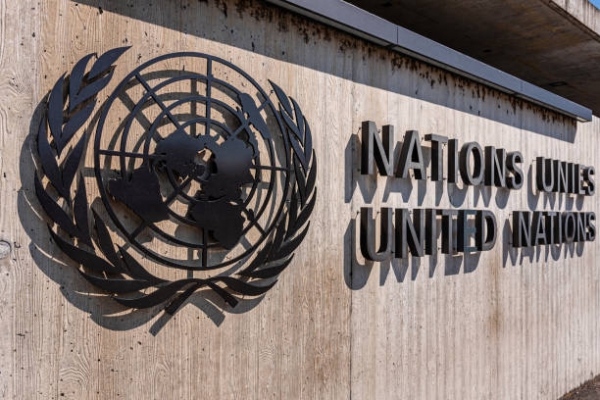Approximately 200 peace operations with the use of military contingents have been deployed by international organizations and states since the end of World War II. These peace operations “remain the principal international mechanism for managing armed conflict” according to Paul Williams, a professor of international affairs. Over the past decade of peace operations, several trends have emerged, allowing us to predict the future of peacekeeping, as well as identify the central objectives and challenges.
Due to a significant increase in quality scholarship regarding peace operations, there is now a “stronger evidence-base for understanding how United Nations (UN) peacekeeping works, as well as its impacts.” The literature has concluded that UN peacekeeping missions are effective, although they possess limitations and operational challenges. Secondly, there has been a decline of confidence in the liberal peacebuilding agenda and the “political awareness of the limited leverage external actors wield when trying to build stable peace in war-torn territories.” However, a more favorable alternative has yet to emerge.
Contrastingly, stabilization missions gained immense prominence during the 2010s. At the beginning of the decade, stabilization was primarily the domain of NATO forces in the Balkans and Afghanistan, a small number of European Union military operations, and a sole UN stabilization mission: the UN Mission in Haiti (MINUSTAH). Throughout the decade, the UN has authorized stabilization mandates in several countries, including Democratic Republic of the Congo, Mali, and Central African Republic (CAR).
The shortcomings of peacekeeping operations include minimal progress achieved of the women, peace, and security agenda in relation to peace operations. Additionally, women continue to face political, societal, and operational barriers that hamper their participation in peace operations. Secondly, although there has been an increased emphasis on creating accountability for peacekeepers who have harmed civilians, “attempts to ensure accountability for misconduct and indiscipline did not make as much headway.” Ensuring individual accountability for peacekeepers who have committed wrongdoings such as sexual exploitation and abuse, smuggling, and civilian harm is a critical challenge that must be combatted. Although the deployment of peace operations during the 2010s has brought varied results, there have arguably been more successes than failures in peacekeeping.
To know more, please read:
www.reliefweb.int/report/world/decade-developments-peace-operations







